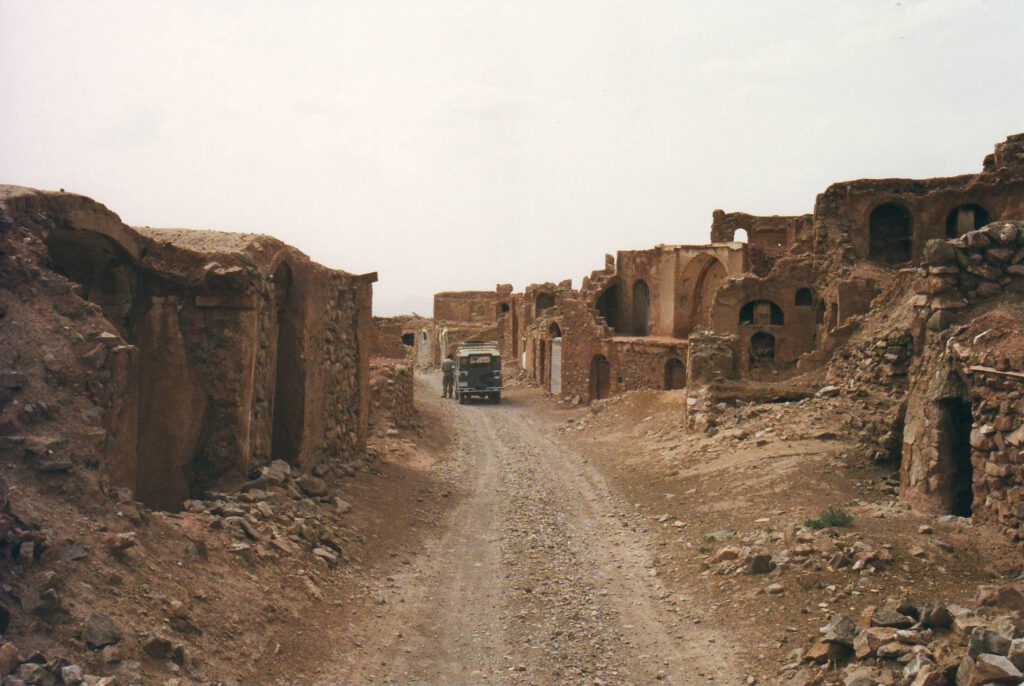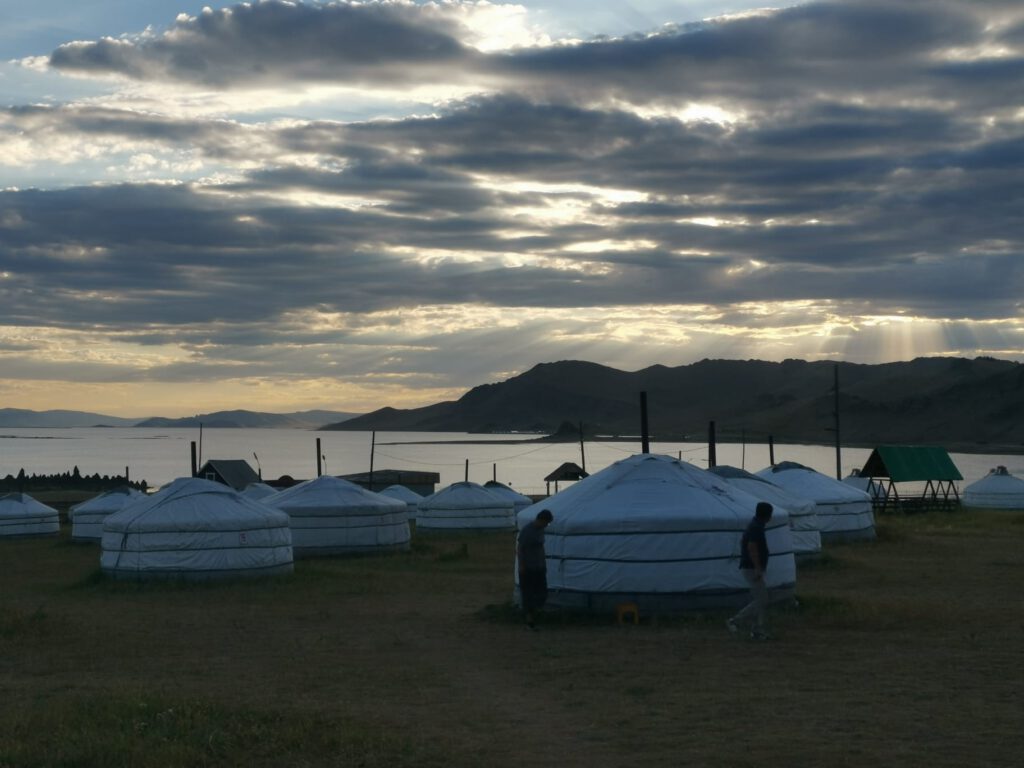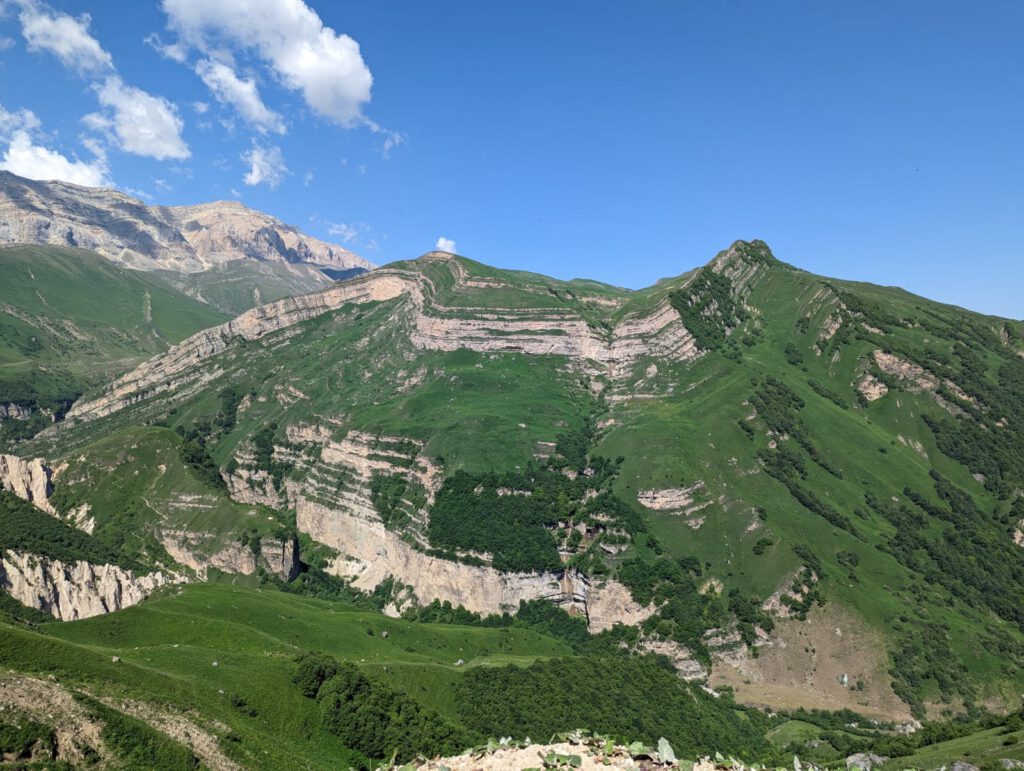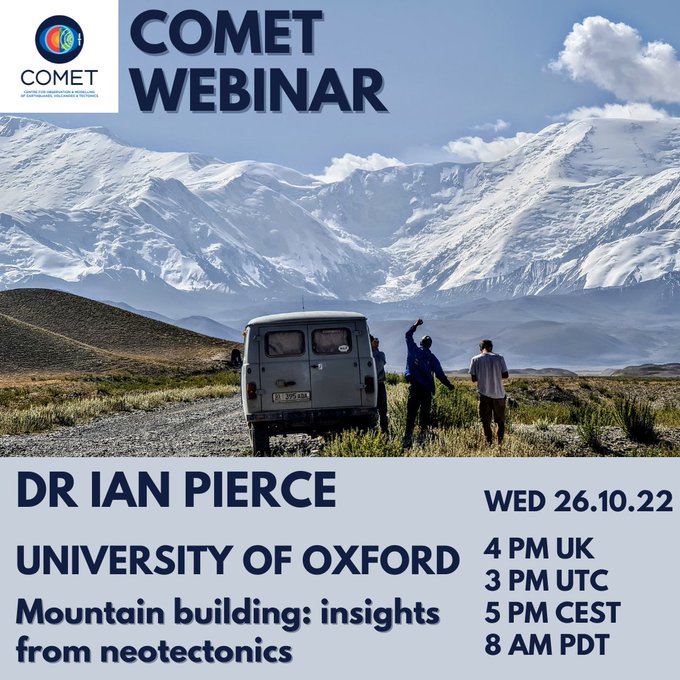
Though most of our work is focused in the earthquake-prone regions of Asia, many of the methods we employ have general applicability, and there are many similarities in the landscape and structural development along major compressional mountain ranges worldwide. Last year we were contacted by Prof. Afaf Amine from Mohammad V University in Rabat, Morocco, who invited our team to visit and help define a programme of active fault studies around the Atlas mountains.







